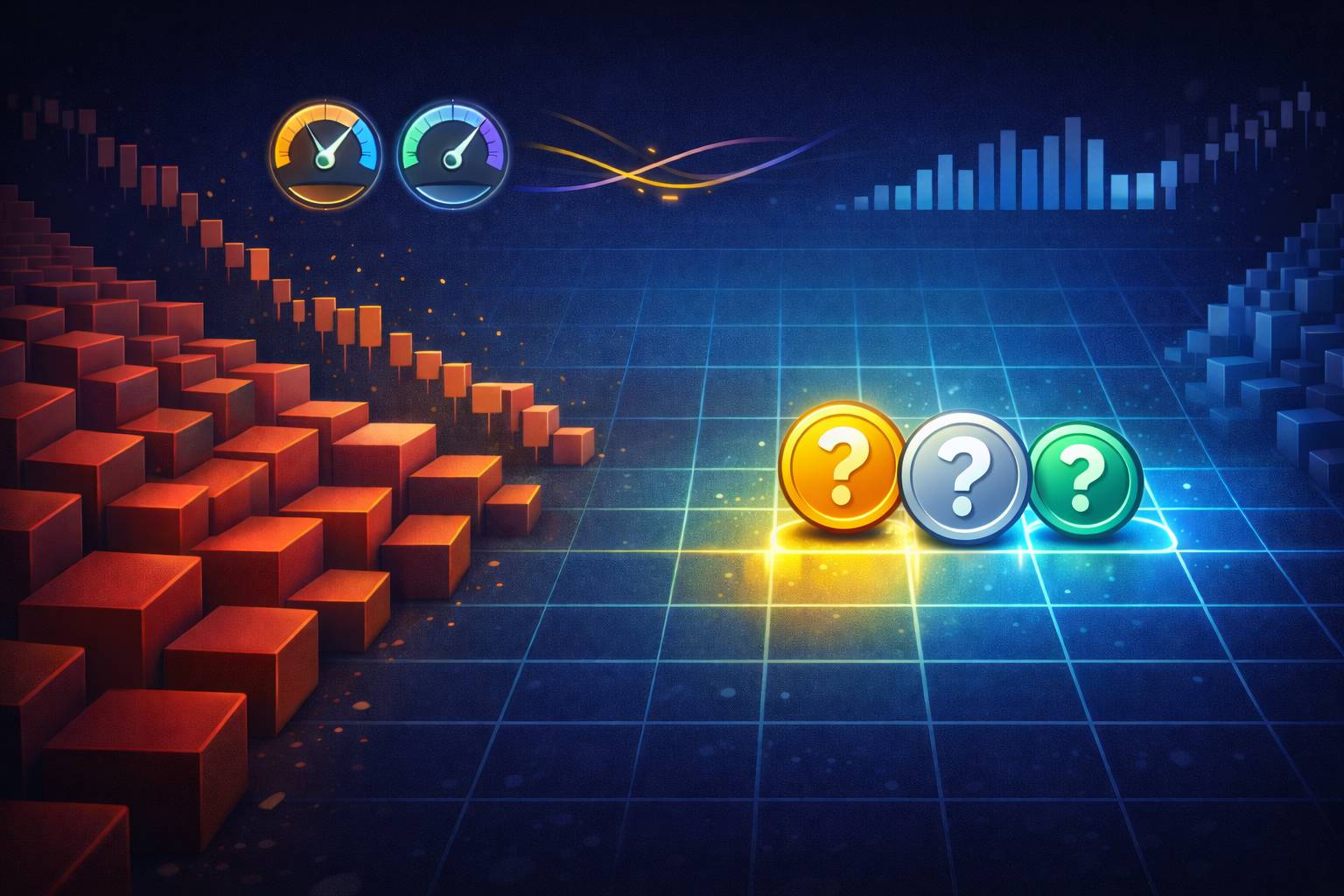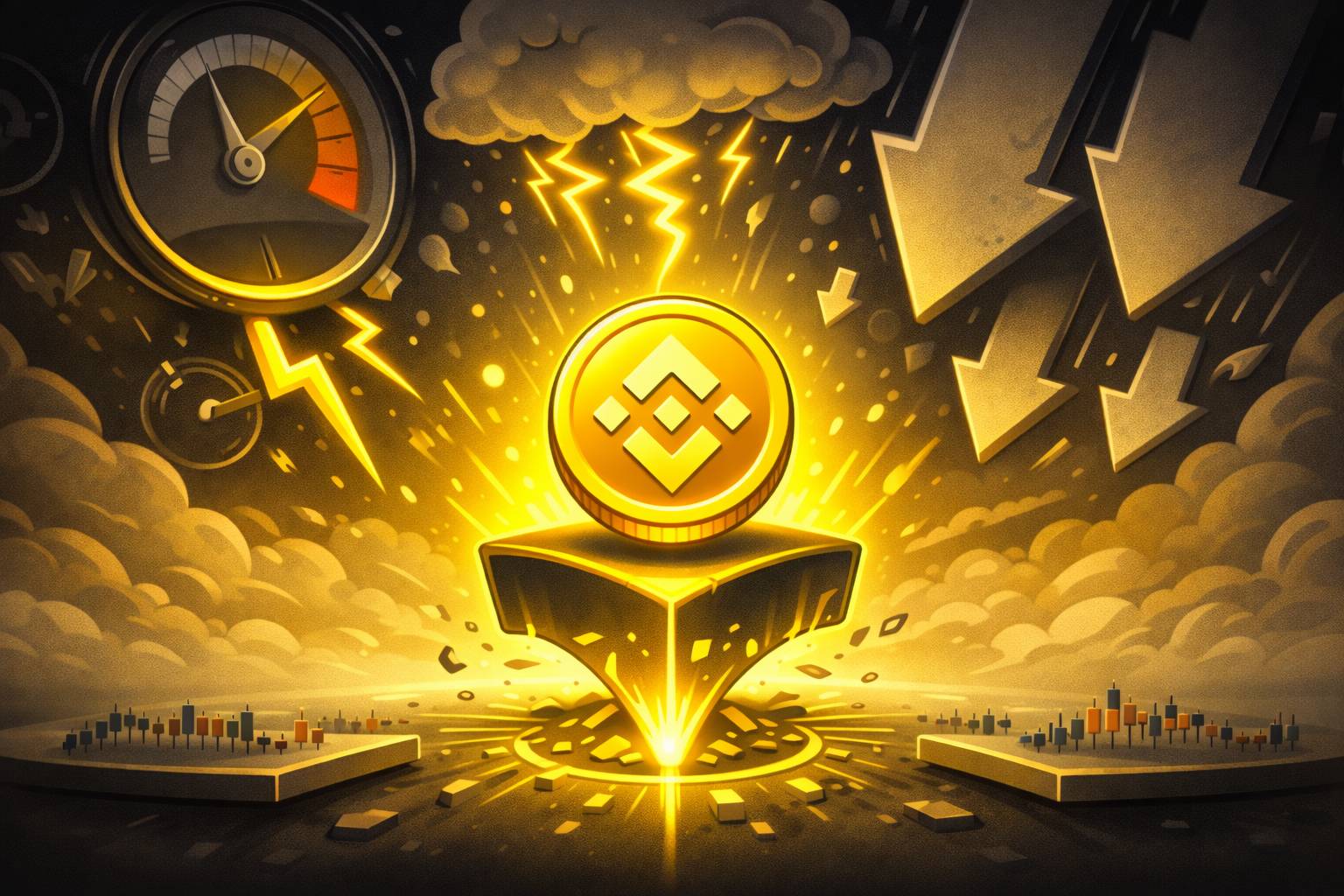Table of Contents
- TLDR - Introduction to the Gravestone Doji Candlestick Pattern
- Decoding the Gravestone Doji Candlestick
- Analyzing the Gravestone Doji Signal
- Final Thoughts on the Gravestone Doji
- Common Questions about Gravestone Doji
- 1. How dependable is the Gravestone Doji as a reversal indicator?
- 2. Is it possible for a Gravestone Doji to form in a downtrend?
- 3. How does a Gravestone Doji differ from a Dragonfly Doji?
- 4. What role does volume play in evaluating a Gravestone Doji?
- 5. What actions should I consider upon identifying a Gravestone Doji on the chart?









